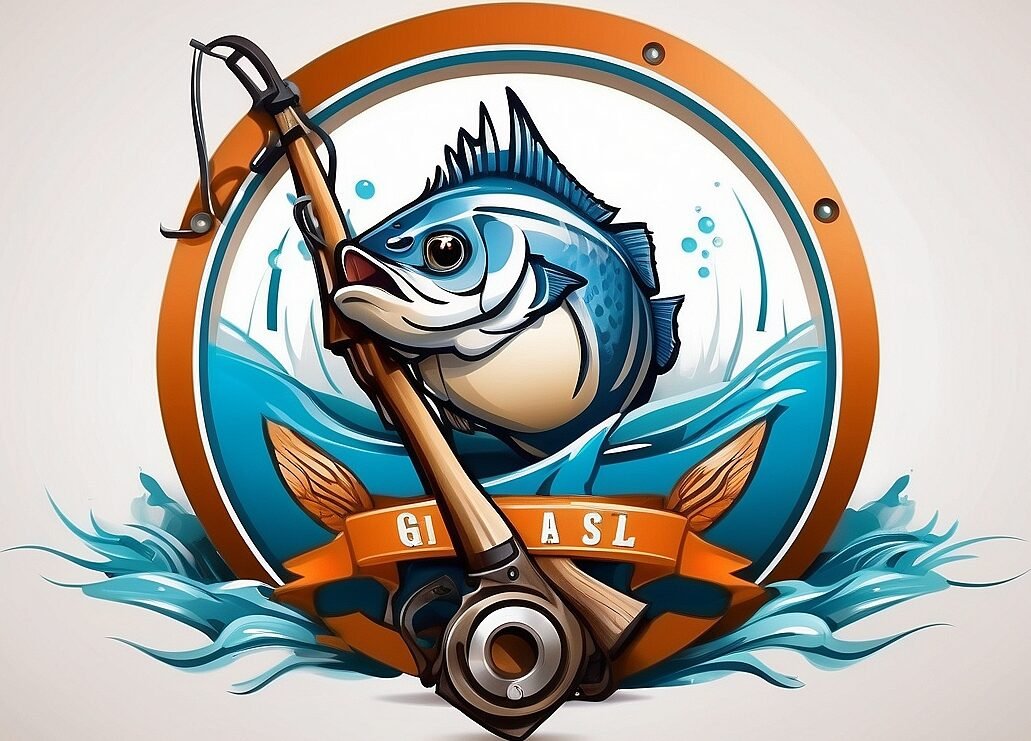Fly fishing enthusiasts often find themselves drawn to the elegant simplicity of rod and reel fishing. This classic angling technique requires skill, finesse, and a deep appreciation for the art of fly casting. In this comprehensive guide, we’ll explore the world of rod and reel fly fishing, covering everything from selecting the right equipment to mastering casting techniques that will help you hook the catch of a lifetime.
Understanding Rod and Reel Fly Fishing
The Basics of Fly Fishing with Rod and Reel
Rod and reel fly fishing is a traditional angling method that involves using a lightweight fly rod, a specialized fly reel, and artificial flies to lure fish. Unlike conventional fishing, which relies on the weight of the bait or lure to cast the line, fly fishing relies on the weight of the fly line to carry the lightweight fly to its target.
The Appeal of Rod and Reel Fly Fishing
What sets rod and reel fly fishing apart is its emphasis on technique and presentation. Anglers must learn to cast their flies with precision, mimicking the natural movements of insects to entice fish to strike. This hands-on approach to fishing offers a deeper connection to the water and the environment, making every cast a rewarding experience.
Selecting the Right Equipment
Choosing the Perfect Fly Rod
The fly rod is the backbone of any fly fishing setup, and selecting the right one is crucial for success on the water. Factors to consider include rod length, weight, action, and material, all of which can impact casting accuracy and performance. Beginners may want to start with a versatile, medium-action rod that can handle a variety of fishing conditions.
Matching Your Reel to Your Rod
When it comes to fly reels, simplicity is key. Look for a lightweight, durable reel with a smooth drag system and ample line capacity. The reel should balance well with your chosen rod and provide effortless line retrieval and management.
Essential Fly Fishing Line and Leaders
The fly line is the link between angler and fish, and choosing the right line is essential for casting accuracy and presentation. Opt for a weight-forward floating line for versatility and ease of use, and match it with a tapered leader that provides a smooth transition from line to fly.
Mastering Casting Techniques
The Basics of Fly Casting
Fly casting is an art form unto itself, requiring precise timing, rhythm, and technique. Start by mastering the basic casting stroke, which involves smoothly accelerating the rod to a stop on the forward and backward casts. Practice in an open area with plenty of room to avoid obstacles and develop muscle memory.
Understanding the Double Haul
The double haul is a more advanced casting technique that allows anglers to generate greater line speed and distance with less effort. By incorporating a second, simultaneous pull on the line with the non-casting hand, anglers can increase the load on the rod and propel the line farther with each cast.
Perfecting Presentation and Accuracy
The key to successful fly fishing lies in presenting the fly to the fish in a natural and enticing manner. Practice casting accuracy by aiming for specific targets on the water, such as submerged logs or feeding fish. Experiment with different casting angles and approaches to mimic the movements of natural prey and entice strikes from wary fish.
Exploring Fly Fishing Tactics and Strategies
Matching the Hatch
One of the most important tactics in fly fishing is matching the hatch—that is, selecting a fly pattern that closely resembles the insects currently hatching and available to the fish. Pay close attention to the water’s surface for signs of insect activity, and choose flies that imitate the size, shape, and color of the bugs on the menu.
Nymphing and Dry Fly Techniques
In addition to matching the hatch, anglers can employ a variety of fishing techniques to entice strikes from different types of fish. Nymphing involves fishing subsurface with weighted flies that mimic aquatic insects, while dry fly fishing involves presenting buoyant flies on the water’s surface to imitate adult insects.
Streamer Fishing for Predatory Species
For anglers targeting larger predatory fish such as trout, bass, or pike, streamer fishing offers an exciting and effective approach. Streamers are large, flashy flies that imitate baitfish or other prey, and they are typically fished with aggressive stripping and jerking motions to trigger strikes from hungry predators.
Conclusion: Embracing the Art of Rod and Reel Fly Fishing
Rod and reel fly fishing is more than just a pastime; it’s a timeless pursuit that connects anglers to the natural world in a profound and meaningful way. By mastering the fundamentals of casting, selecting the right equipment, and honing your fishing tactics and strategies, you can embark on a lifelong journey of exploration, discovery, and adventure on the water. So grab your rod and reel, tie on your favorite fly, and get ready to experience the thrill of fly fishing in all its glory.

